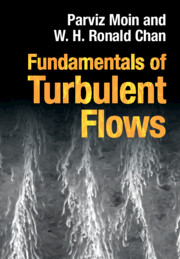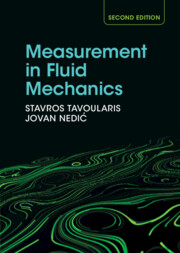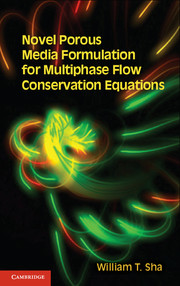Cellular Flows
A cell, whose spatial extent is small compared with a surrounding flow, can develop inside a vortex. Such cells, often referred to as vortex breakdown bubbles, provide stable and clean flame in combustion chambers; they also reduce the lift force of delta wings. This book analyzes cells in slow and fast, one- and two-fluid flows and describes the mechanisms of cell generation: (a) minimal energy dissipation, (b) competing forces, (c) jet entrainment, and (d) swirl decay. The book explains the vortex breakdown appearance, discusses its features, and indicates means of its control. Written in acceptable, non-math-heavy format, it stands to be a useful learning tool for engineers working with combustion chambers, chemical and biological reactors, and delta-wing designs.
- The book will appeal to those who are uncomfortable with 'soft' and 'hard' approaches to studying cellular flows
- The material is understandable without having to wade through complex math
- Can be useful for engineers in the fields of combustion chambers, chemical reactors, and bioreactors
Product details
January 2018Adobe eBook Reader
9781108314213
0 pages
This ISBN is for an eBook version which is distributed on our behalf by a third party.
Table of Contents
- 1. Introduction
- 2. Creeping eddies
- 3. Two-fluid creeping flows
- 4. Formation of cells in thermal convection
- 5. Swirl decay mechanisms
- 6. Vortex breakdown in a sealed cylinder
- 7. Cellular whirlpool flow
- 8. Cellular water-spout flow
- 9. Cellular flows in vortex devices.








